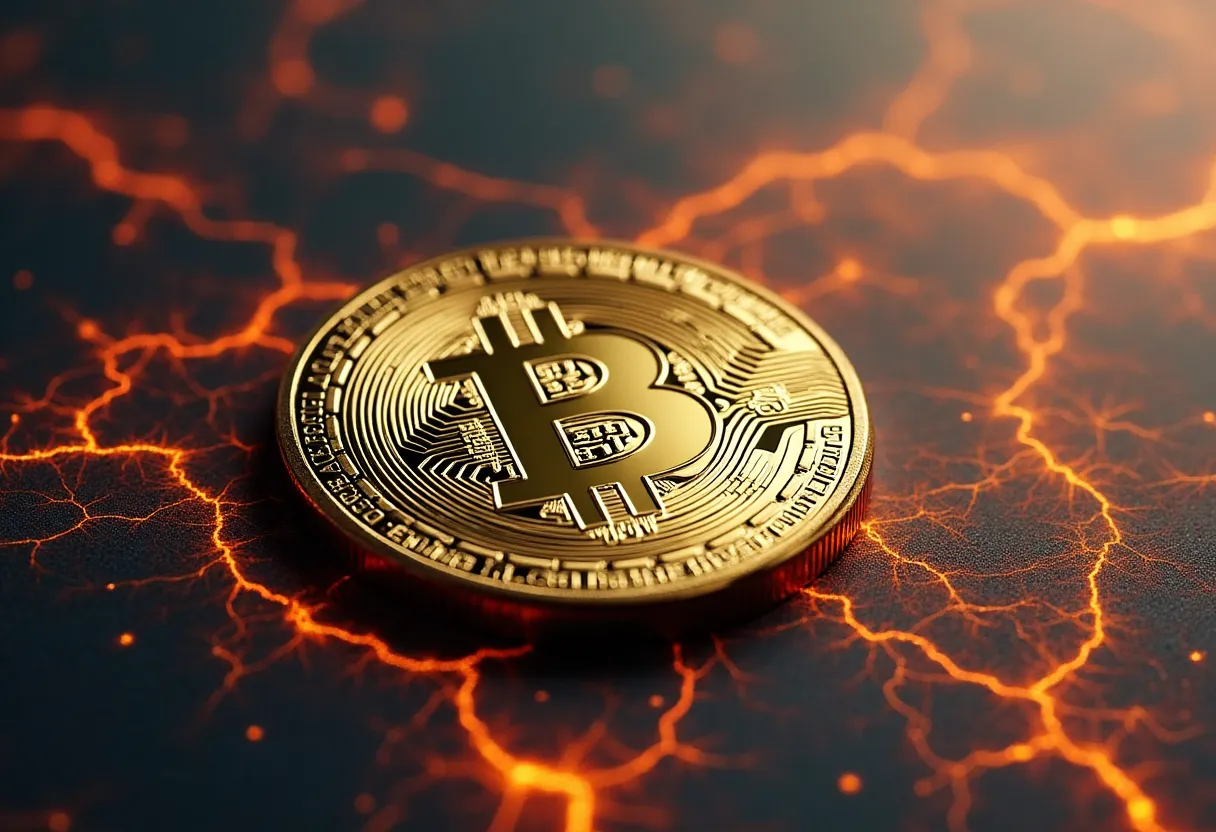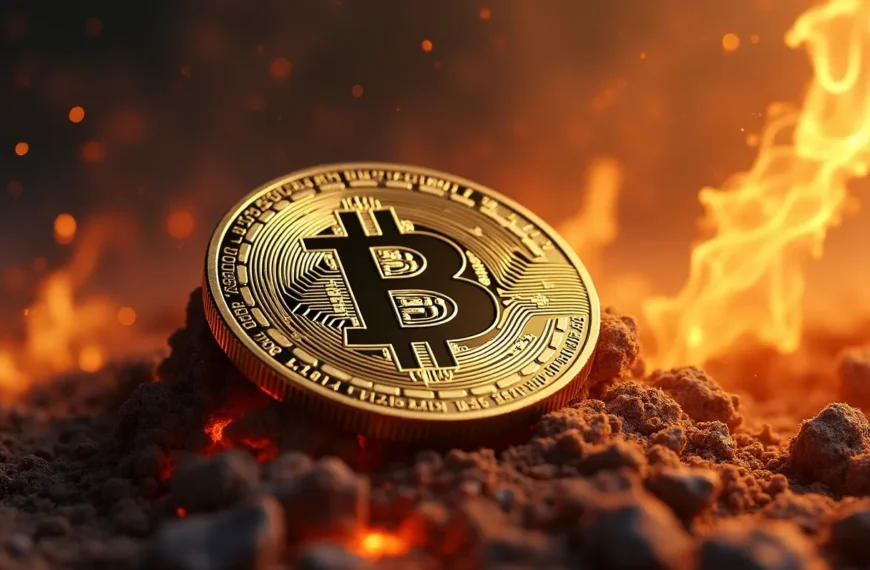Tehran Investment Insights: A Bitcoin 2010 Comparison
The Unique Landscape of Investing in Tehran
Investing in Tehran presents a distinctive opportunity that can be likened to investing in Bitcoin during its early days in 2010. As the capital of Iran, Tehran is not only a political and economic hub but also a city rich in potential for growth and innovation. The investment climate here is shaped by various factors, including economic sanctions, local resources, and a youthful population eager for change.
The comparison to Bitcoin is particularly striking when you consider the early stages of cryptocurrency. In 2010, Bitcoin was largely unknown and undervalued, yet it held the promise of revolutionizing the financial landscape. Similarly, Tehran’s investment scene is ripe with potential, albeit under challenging circumstances.
Understanding the Economics of Tehran
Tehran’s economy has been historically impacted by international sanctions, which have created a unique environment for investors. Here are some key aspects to consider:
Strengths of Local Industries: Iran has a wealth of natural resources, including oil and gas. This can be seen as analogous to Bitcoin’s foundational technology, which provided a base upon which an entire ecosystem has been built.
Youthful Demographic: With a significant portion of the population under 30, Tehran boasts a dynamic workforce eager to engage in new ventures, akin to the early adopters of Bitcoin who recognized its potential before it became mainstream.
Innovation Under Pressure: Just as Bitcoin emerged from a desire for financial independence and innovation amid economic constraints, Tehran is fostering a climate of entrepreneurship, with startups emerging in various sectors such as technology, agriculture, and renewable energy.
The Risks and Rewards of Investing in Tehran
Investing in Tehran, much like investing in Bitcoin in its infancy, involves a balance of risks and rewards. Understanding these factors is crucial for any investor considering entering this market.
Risks:
Political Instability: The socio-political landscape in Iran can be unpredictable, which poses a risk for foreign investors. However, this volatility can also create opportunities for those willing to navigate the complexities.
Regulatory Challenges: The investment environment can be hampered by strict regulations and bureaucratic hurdles. Investors must be prepared to adapt to these challenges, much like the early Bitcoin enthusiasts who navigated a largely unregulated market.
Rewards:
High Potential Returns: Just as early Bitcoin investors saw significant returns as the market matured, those investing in Tehran could witness substantial growth as the economy stabilizes and develops.
Diverse Opportunities: Tehran’s investment landscape offers a variety of sectors to explore, from technology startups to traditional industries, making it an attractive destination for those seeking diverse investment portfolios.
Lessons from Bitcoin’s Early Days
Investors can learn valuable lessons from the early days of Bitcoin that can be applied to the Tehran investment landscape. Here are some key takeaways:
Patience is Key: Just as Bitcoin investors had to be patient during its initial years, investors in Tehran must adopt a long-term perspective. The journey may be slow, but the rewards can be significant.
Community Engagement: The Bitcoin community played a crucial role in supporting its growth. Similarly, engaging with local entrepreneurs and businesses in Tehran will be essential for understanding the market and identifying viable investment opportunities.
Adaptability: The cryptocurrency market is known for its volatility, and investors must be prepared to adapt their strategies accordingly. In Tehran, understanding local customs, regulations, and market dynamics will be vital for success.
The Future of Investment in Tehran
Looking ahead, Tehran presents a compelling narrative for potential investors. The city is on the brink of transformation, driven by both local initiatives and external influences. As the world becomes more interconnected, Tehran’s economy could benefit from increased foreign interest and investment.
Key trends to watch include:
Technology Adoption: The rise of technology startups in Tehran is reminiscent of the early tech boom in Silicon Valley. With the right support and resources, these businesses could flourish and attract significant investment.
Renewable Energy Initiatives: Iran has vast potential in renewable energy, particularly in solar and wind power. This sector can draw in both domestic and foreign investments, providing a sustainable path for growth.
Increased Global Connectivity: As sanctions evolve and global relationships shift, Tehran could emerge as an attractive investment destination for those looking to diversify their portfolios.
Conclusion
In conclusion, investing in Tehran offers a unique opportunity reminiscent of the early days of Bitcoin. While there are undeniable risks involved, the potential rewards could be substantial for those willing to embrace the challenges. As the city continues to evolve, investors who take a long-term perspective and engage with the local community could find themselves well-positioned to reap the benefits of this dynamic and vibrant market.
As we draw parallels between Tehran’s investment landscape and the early Bitcoin experience, it becomes clear that both share the spirit of innovation and the pursuit of opportunity. Investors who are willing to explore Tehran’s uncharted territory may just find themselves at the forefront of a new wave of economic growth.






